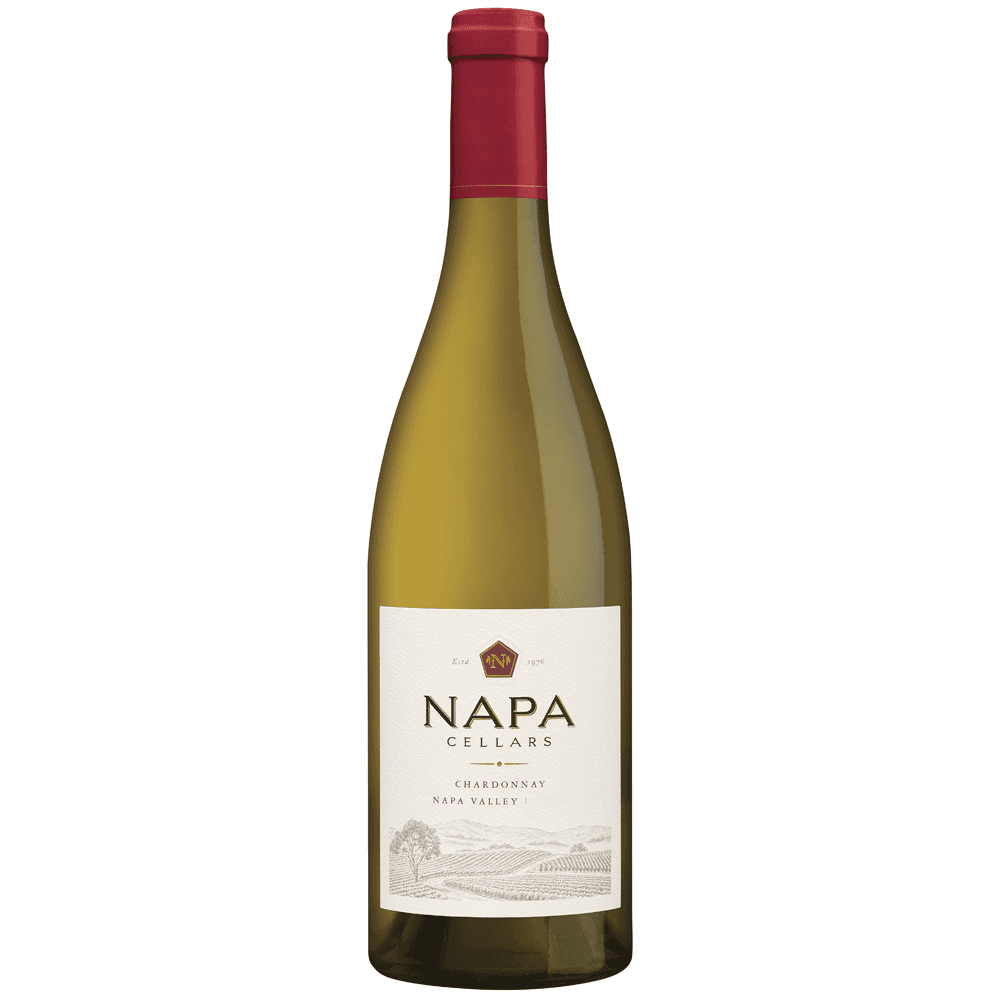Napa Cellars

The Australian wine industry is increasingly focusing its attention on overseas markets, and for good reason.
A low Aussie dollar, improving economic conditions abroad and a perception that Australian wines are of high quality makes it almost inevitable that domestic wineries are looking abroad to market their wares. And amongst our most important trading partners is the USA which is the second biggest importer of Australian wine.
In fact, according to Wine Australia, in 2018 the US imported wine valued at almost $13 billion; which works out at about 98 million cases of our fermented grape juice.
The USA is, in fact, the largest market for table wine in the world – consuming about 360 million cases of wine each year; and much of it is imported. By volume, Australia provides about 14% of imports to the nation and is the third-largest importer by volume.
I suspect that with the current trade-war making American wines much more expensive in the large Chinese market, we will see more Aussie wines sent to China (rather than the USA) this year to take advantage of the opportunity that Mr. Trump has created. And while the Yanks love our wines, somewhat ironically, Australia doesn’t import anywhere near as much American wine as they do of ours.
The prevailing currency exchange rate is making it an expensive treat to sample Californian wines at present, but if you ever have the opportunity, be sure to tuck into their Chardonnay which I personally think is up there with the best that any of our local winemakers have to offer. At times, it’s said that the Californian chardies are “butter bombs” due to their notoriously creamy texture (generally due to malolactic fermentation) but they’re not all like that, and besides, some of us like them that way!
There’s a few Napa Valley chardies that are available locally, but my favourite would have to be the Napa Cellars Chardonnay which is imported by Angoves. The 2015 vintage is available online and is drinking really well. The deeply honeyed colour in the glass is striking, as is the peach skin and guava nose. Swirl the wine around the glass and you’ll marvel at the oily viscosity that leaves long, slow-moving legs on the sides.
The hints of pastry that appear on the nose make the red apple characters at the front reminiscent of my mother’s cinnamon apple pie. My Pop used to love that dessert! Back to the wine and through the middle, flavours of peach, crème brulee and nectarine dominate before the creamy texture takes over on the back palate and exits in a shower of gentle acids and French oak.
The winemaker tells us that they sourced their fruit from vineyards in the south Napa and Oak Knoll where the cooling fog and breezes close to the coast create cooler conditions that enable the fruit to stay on the vines longer and with that comes better flavor development. But to my palate, it’s all about the texture, mouthfeel and balance of fruit and acid. It’s not the lean and clean style that became fashionable a decade ago, but is a wonderful wine; opulent and cleverly crafted – and despite the exchange rate, available at $30 – $40 a bottle!